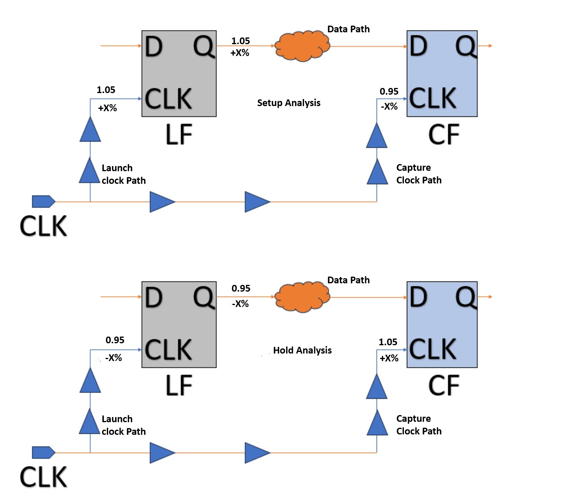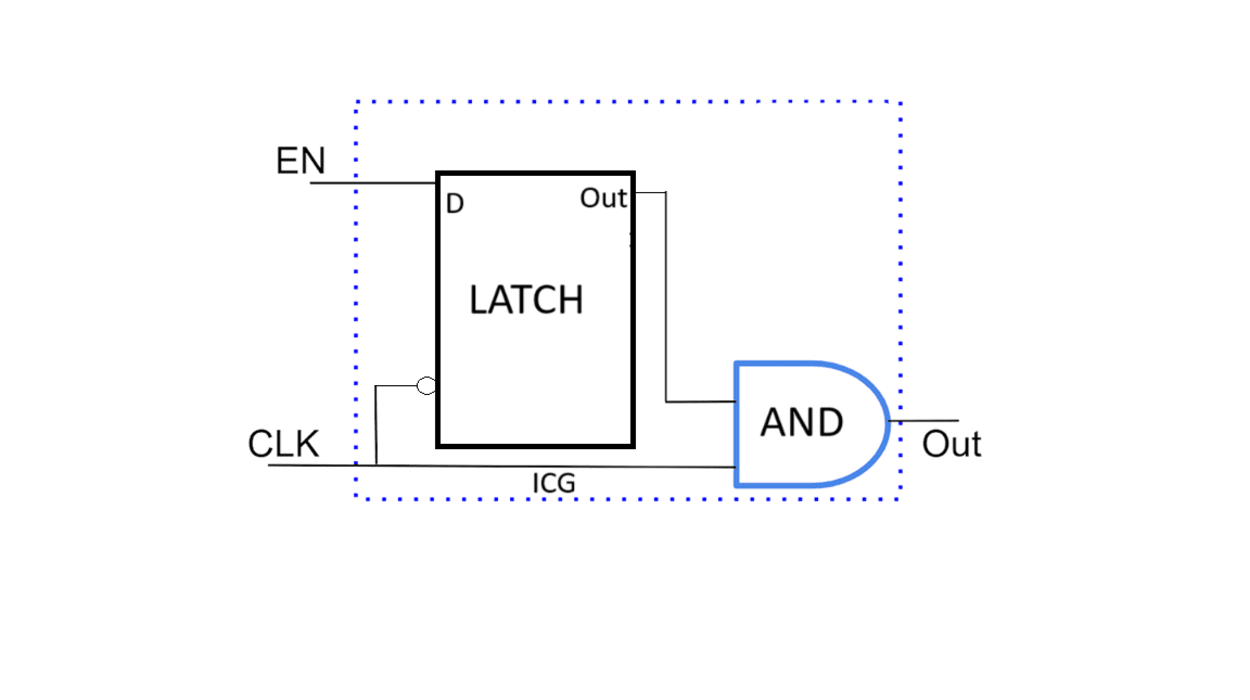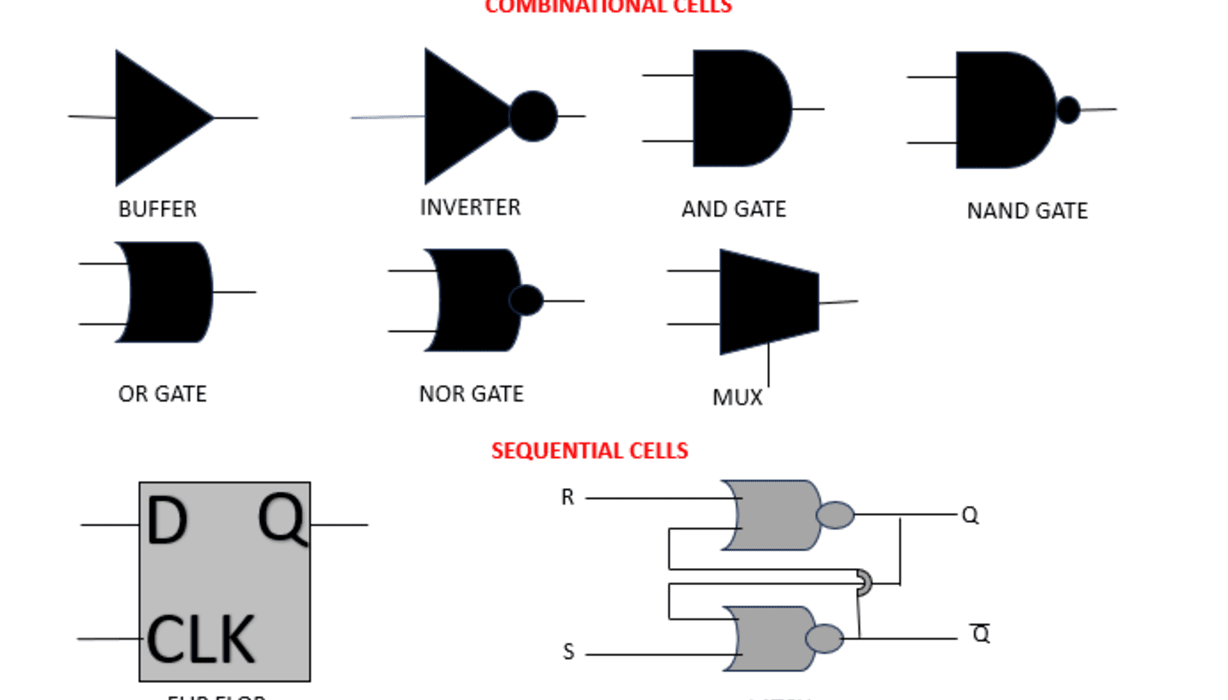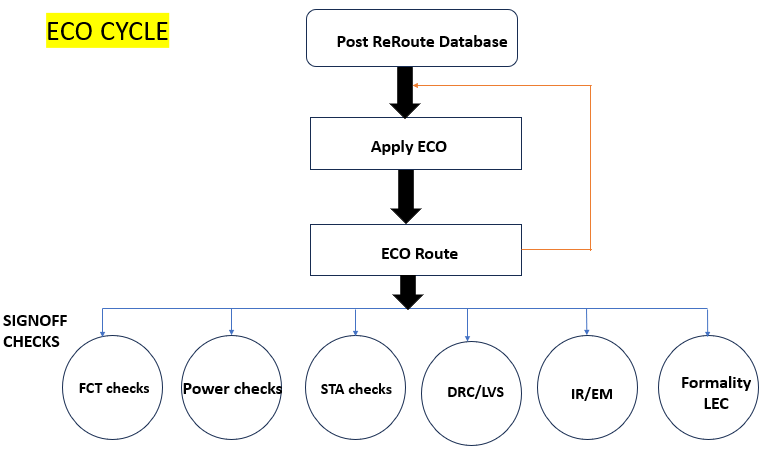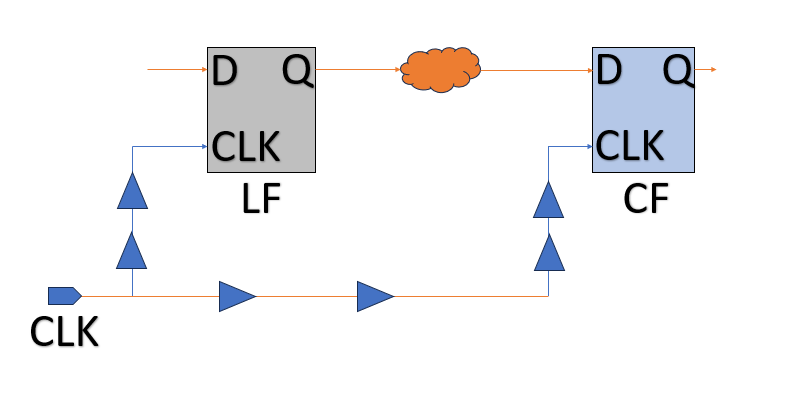STATIC TIMING ANALYSIS [STA]: OCV vs AOCV vs POCV
In VLSI design, OCV (On-Chip Variation), AOCV (Advanced On-Chip Variation), and POCV (Process On-Chip Variation) refer to methods and models used for accounting for variations in the manufacturing process that affect the performance of a chip. These variations are critical to ensure the robustness and performance of the chip under varying operating conditions and manufacturing tolerances. Here’s a breakdown of each

![STATIC TIMING ANALYSIS [STA]: OCV vs AOCV vs POCV](https://anuthipahal.com/wp-content/themes/neeon/assets/img/noimage.jpg)


